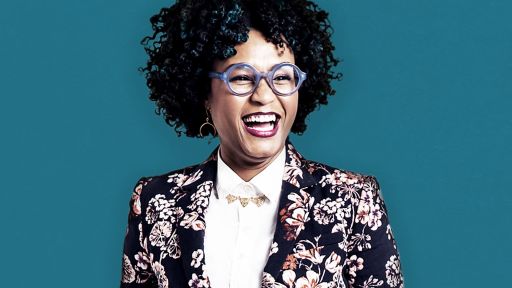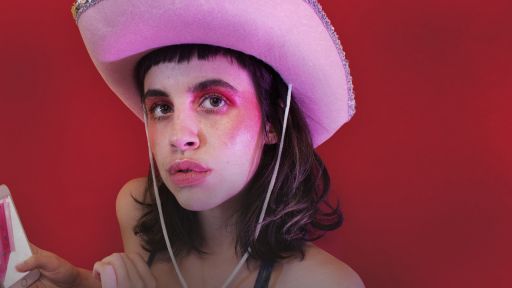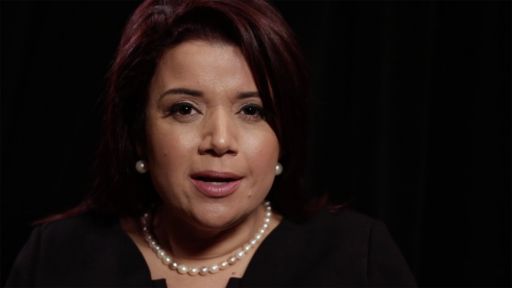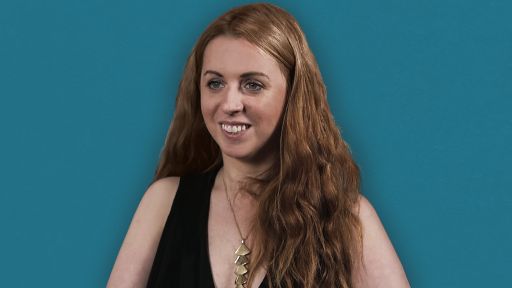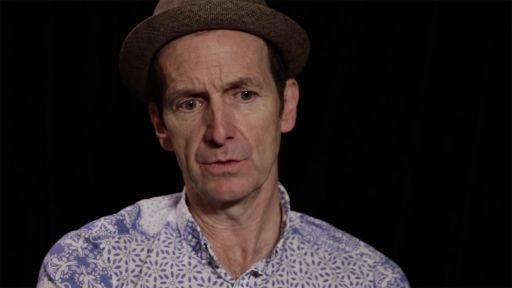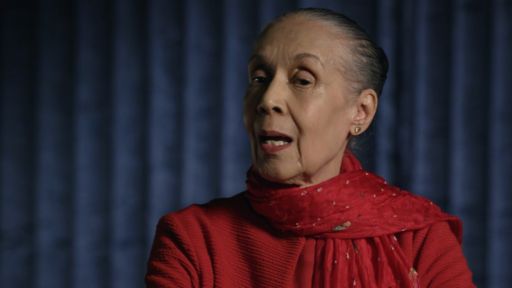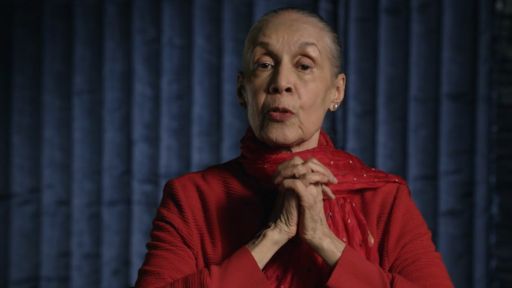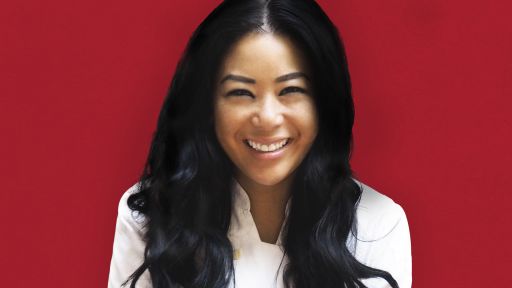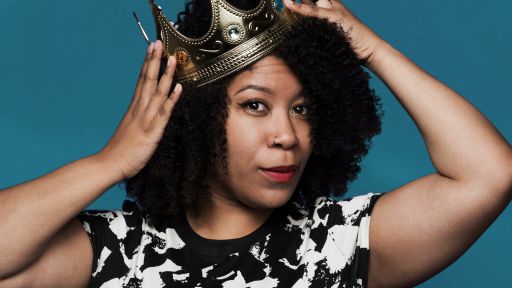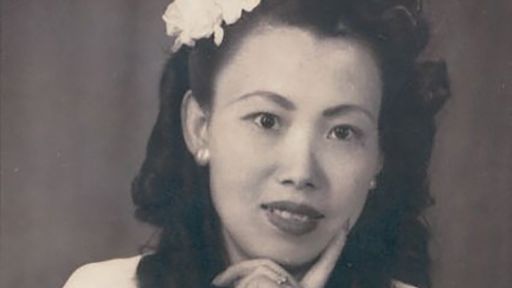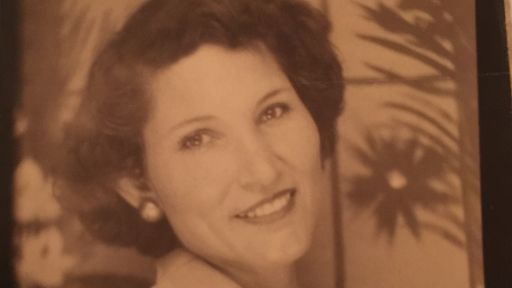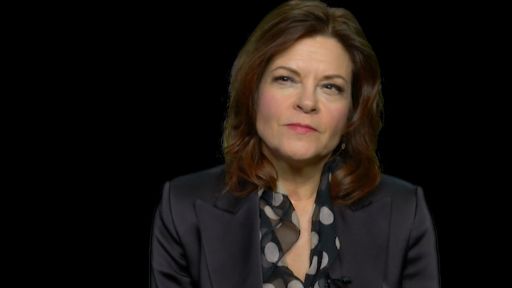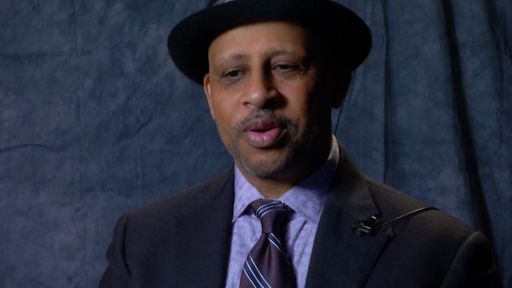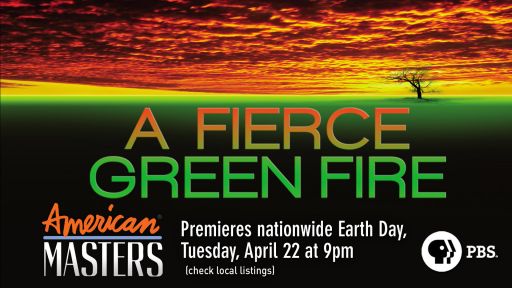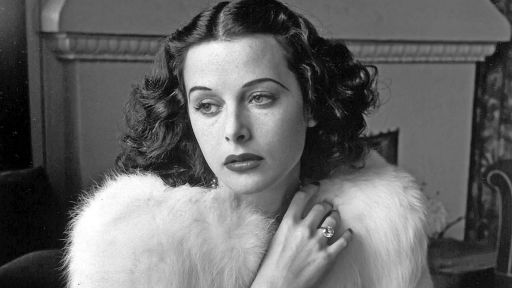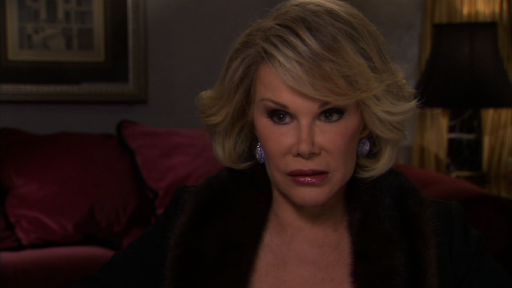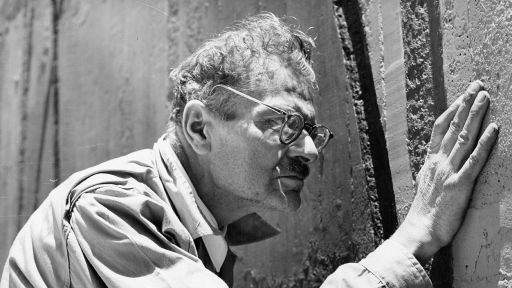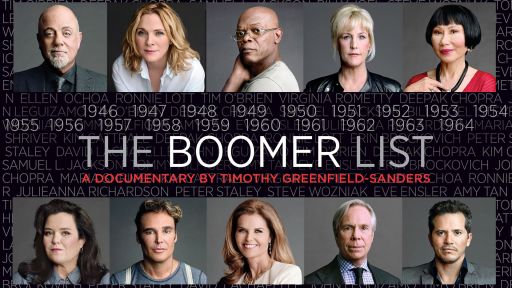TRANSCRIPT
The 'Stop Telling Women to Smile' project is a street art series that is addressing gender-based street harassment. It looks like drawings of women with text underneath them and the text is usually a quote from the woman.
And we have a very open candid conversation about what they experience walking down the street.
Usually these conversations are with just regular everyday folks - everyday women - people who are not necessarily artists or activists but people who just simply want to say, 'This is what happened to me.'
But it speaks to her experience with street harassment and what she wants to say to people who harass her in the street.
So some examples would be 'My name is not baby;' 'I am not here for you;' 'Stop telling women to smile;' 'Women are not seeking your validation.'
You know, all of these things that are kind of affirming this woman.
And I wheat-paste that work up in the streets on corners around the country.
So over the years the work has grown from being these small pieces of paper that I put out in the street to some really large scale murals that I've done in cities across the country.
I was not expecting for it to become what it has become.
I began the project just with my own portrait and two portraits of friends.
It was an experiment. I wanted to talk about street harassment and I just made a couple of pieces, went out kind of timidly in the street one night and put them up and then a few days later it was just kind of all over the internet and I just kept going.
How street harassment makes me feel, it depends on what happens in the moment.
But it's usually anger, or frustration.
Sometimes, it can be scary and I think that making work out of anger is good. I know that some people don't think that.
But I think that anger is a legitimate emotion and I think that if you are angry about something, you want to change it.
I was like I have to do something about it.
So I'm gonna make some art about it and I'm gonna put it in the street.
Where it happens to me - where street harassment actually happens - I'm gonna put it in that environment. Initially, it was very much so for myself.
It was very much just for me like, 'I don't like this, I'm gonna do something about it for myself.' And then as soon as you do something like that, and you tell your own story, someone else is gonna relate to it I mean, of course I'm not the only woman who experiences street harassment.
So of course the response was going to be huge, because every other woman was just like, 'Yeah!', right?
I've realized over the years that I'm an artist and I'm a creative person.
What matters to me is the message that I'm trying to put out with my work and the audience that I'm trying to reach.
So because of that I'm not beholden to one medium I'm not stuck in a box, I don't have to do an oil painting.
When I realized that, I was like, 'Oh, I don't have to do an oil painting, 'I can do a drawing, I can do a poster, I can do a video installation, 'I can do whatever I need to do in order to reach an audience that I'm trying to reach.'
And so, when I realized that, I became more creative.
That means that I am sometimes a commercial artist.
That means that sometimes I'm a fine artist.
That sometimes I am an experimental artist.
Sometimes I'm not creating a tangible piece of art at all.
Sometimes I'm writing. Sometimes I'm doing all these things, but they are all part of the practice.
They are all a part of my career as a whole.
And that's exciting.
I find that very exciting, not feeling like I have to do one single thing.
I think being a professional artist is like running a small business.
You have to motivate yourself. You have to be your assistant, your secretary, your accountant. You have to do all of these things.
And then you also have to be creative and make good work that the world loves, right?
So it's just kind of like, 'Okay... 'maybe I could do one of those things today.'
It's being an adult, you know?
It's being an adult who draws for a living.
And that can be... [laughs] That can be a challenge.
It's like, 'Okay, I have to buy health insurance and then 'I have to do this drawing and I hope that people 'buy this drawing so that I can afford to 'go to the dentist,' you know?
It's all good stuff. There are challenges that I just face every day and I just, I do it because I love to do it.
I love to be an artist.

